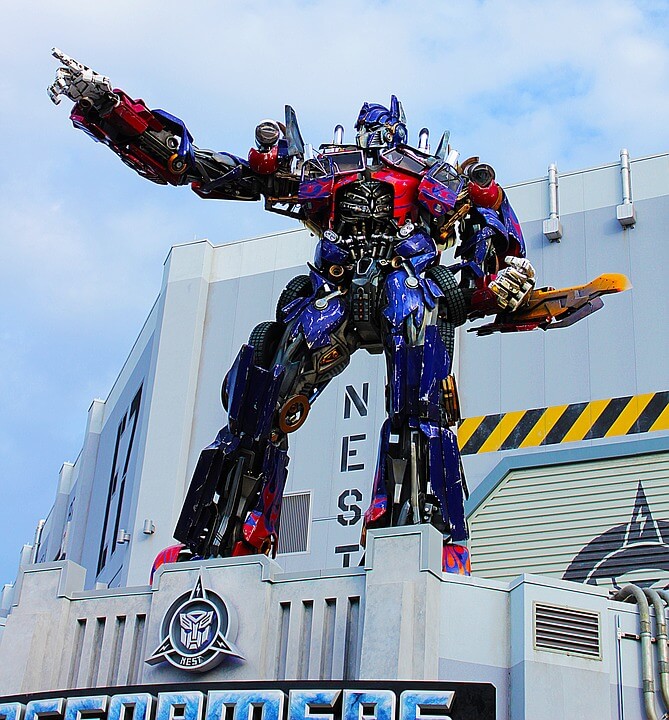
It’s hard to miss all the buzz about self-driving cars in the news recently, and even though the technology may still seem decades away, nearly every automaker has plans to release fully self-driving cars within the next few years, most notably Tesla, Ford, and Mercedes-Benz. Even major tech companies are getting in on the action, including Google and Uber.
There’s some confusion in the general populace about what self-driving means. Is Tesla’s much-hyped Autopilot self-driving technology? Yes and no. There are six levels of autonomy for self-driving cars. Most of us own cars at Level Zero or Level One, with the latest semi-autonomous tech falling into the Level Two category. Consumer-ready Level Three vehicles and Level Four commercial vehicles are being developed and tested now.
Level Zero: No autonomy, a human driver controls all functions.
Level One: One specific function can be controlled by the car itself. Cruise control is a good example.
Level Two: Driver assistance technology comes into play. For example, the majority of new vehicles can prep or apply the brakes by themselves if the driver does not react in time to avoid colliding with another vehicle. However, a human is still the primary operator.
Level Three: These cars will be capable of making driving decisions independent of a human. Rather than simply monitoring the road, and letting the driver know when to make certain maneuvers, it will be able to make maneuvers, such as passing another vehicle on the highway, by itself.
Level Four: These vehicles will be able to handle all tasks associated with driving without any human intervention, but only in ideal situations. Poorly marked roads, bad weather, road construction, or detours will likely require a human to take over.
Level Five: This is full autonomy. These vehicles will not need to include a steering wheel or any human-accessible controls at all.
- Some semi-autonomous features available now include:
- Auto-braking at or in intersections to prevent a collision
- Pedestrian, cyclist, and large animal detection
- Automatically matching the flow of traffic while maintaining a set following distance
- Lane and road departure prevention via steering correction
- Steering assistance when parallel parking
- Reading road signs
It’s likely most self-driving cars won’t be owned by private individuals like you and me. Rather, the largest opportunities are in the long-haul trucking and ride sharing sectors. For example, the Uber-owned company Otto made headliners last year by making the world’s first delivery by an autonomous truck: a two-hour, 120-mile journey, with a human operator on board but not behind the wheel.
Meanwhile, the Boston Consulting Group estimates that by 2030, a quarter all of miles driven in the U.S. will be by self-driving cars, with the majority of those coming from non-car-owning city dwellers using shared autonomous electric vehicles. “While total vehicle demand will only be affected slightly, by 2030 more than 5 million conventional cars per year could be replaced by a combination of fully autonomous electric vehicles for urban fleets and partially autonomous cars for personal use.”
What Obstacles Are in the Way of Autonomous Car Hitting the Streets?
The “Sharing the Road” and “Reading the Road” Issues: Humans can behave irrationally, especially on the road. Self-driving cars will need to learn how to expect the unexpected when sharing a road with drivers who may not follow the speed limit or right of way, jaywalking pedestrians and unwary children, or when encountering unusual situations such as a flooded road or malfunctioning traffic light.
The Legal Issues: The law code will need to be rewritten to accommodate artificial intelligence on the road. Who is responsible in a collision involving an autonomous or semi-autonomous car? Tesla is already involved in several lawsuits debating whether collisions involving their vehicles were the fault of the software or the driver.
The Moral Issues: Self-driving cars provide a new take on the infamous Trolley Problem thought experiment. When choosing between saving the life of the occupant or a pedestrian, how should an autonomous vehicle be programmed to react?
The Trust Issues: Many drivers distrust giving up control of their vehicle, especially as their life may be at stake. Connected technology is vulnerable to viruses and hacking while current GPS technology isn’t accurate enough to completely rely on.
Lastly, for every driver who can’t wait to relinquish the controls and play on their phone during their commute, there is another driver who takes great pride in vehicle ownership and enjoys driving, and who do not want to be forced into a self-driving model.
Aronson Advertising, Inc. is a traditional and digital advertising agency that works with car dealerships around the country to attract new customers, increase sales, and build a positive image amongst their customer base. If you would like our help to grow your business, reach out today with our contact form.
